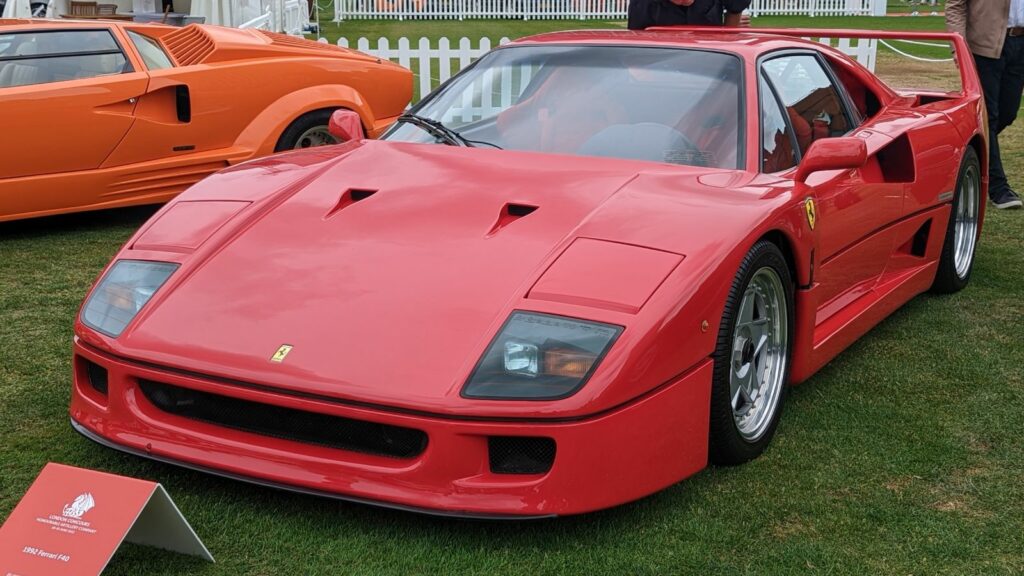Few cars have ever captured the imagination of enthusiasts quite like the Ferrari F40. Built to celebrate Ferrari’s 40th anniversary in 1987, it was more than just a milestone. It was Enzo Ferrari’s last project, the final word from the man who built the world’s most famous supercar brand. Brutal, beautiful, and stripped of all unnecessary luxuries, the F40 embodied pure performance. It was not just fast. It was intimidating, and that is exactly what made it legendary. Expanded with more details, here are ten things that turned the Ferrari F40 into an immortal icon.
Enzo Ferrari’s Final Masterpiece

The F40 holds a special place in Ferrari history because it was the last car signed off by Enzo Ferrari before his passing in 1988. At the time, Ferrari wanted a road car that would outshine anything Porsche or Lamborghini could offer. Enzo insisted on an uncompromising design, something raw, powerful, and unfiltered. The fact that the F40 was his farewell creation adds an emotional weight that no other Ferrari carries. For many, the F40 feels like Enzo’s personal message to the automotive world, a reminder that Ferrari was about passion first and comfort last.
Radical Lightweight Construction
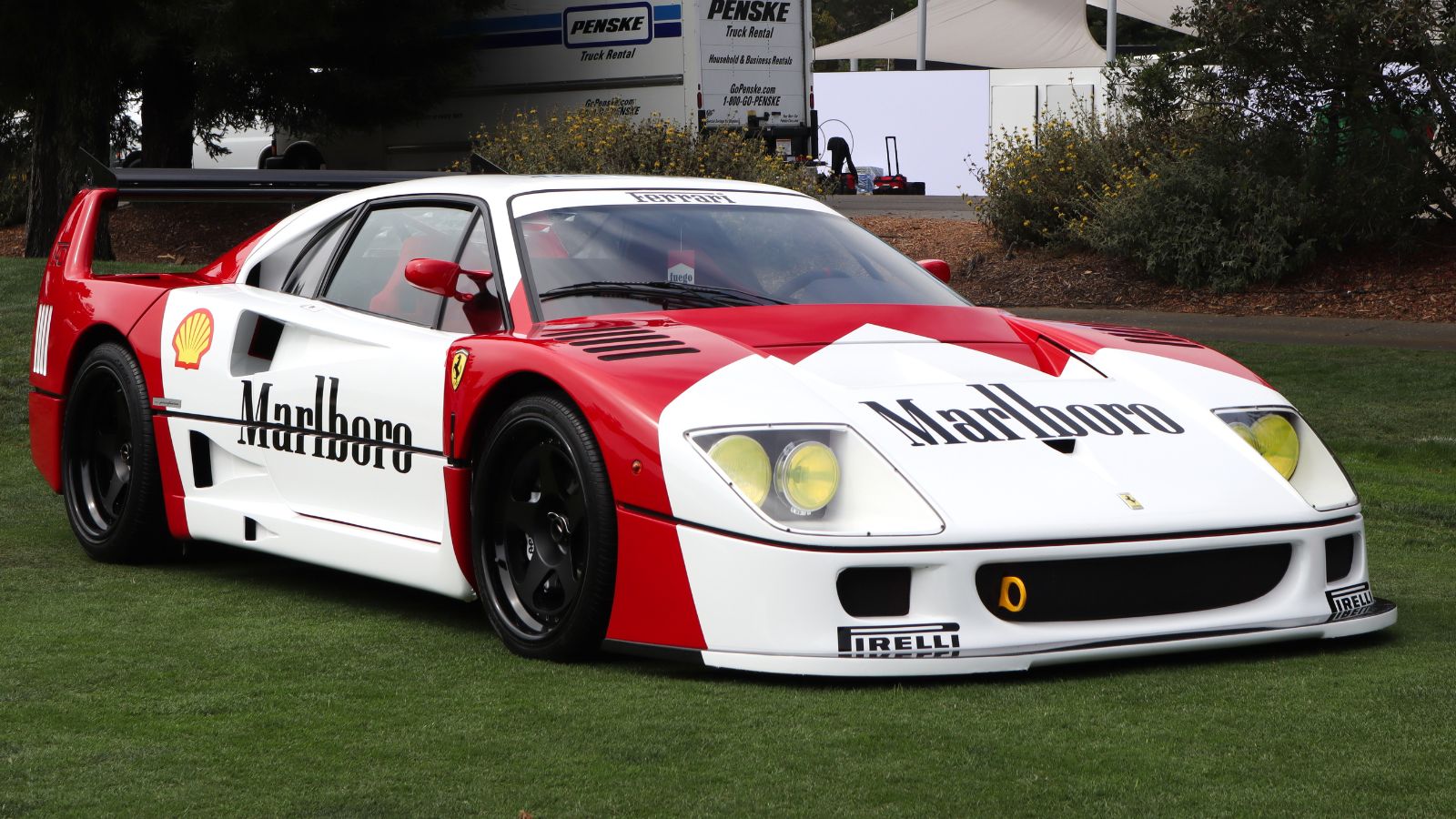
Weight saving was the guiding principle of the F40. Its body was built from cutting edge materials like Kevlar, carbon fiber, and aluminum, exotic choices in the 1980s. Even the paint was applied as thinly as possible to reduce weight. The interior was bare bones with no soundproofing, exposed rivets, and fabric door pulls instead of handles. At just 1,100 kilograms, the F40 was astonishingly light compared to its rivals. That obsession with shedding every gram gave the car its ferocity on track and cemented its reputation as a true driver’s machine.
Twin Turbocharged Power
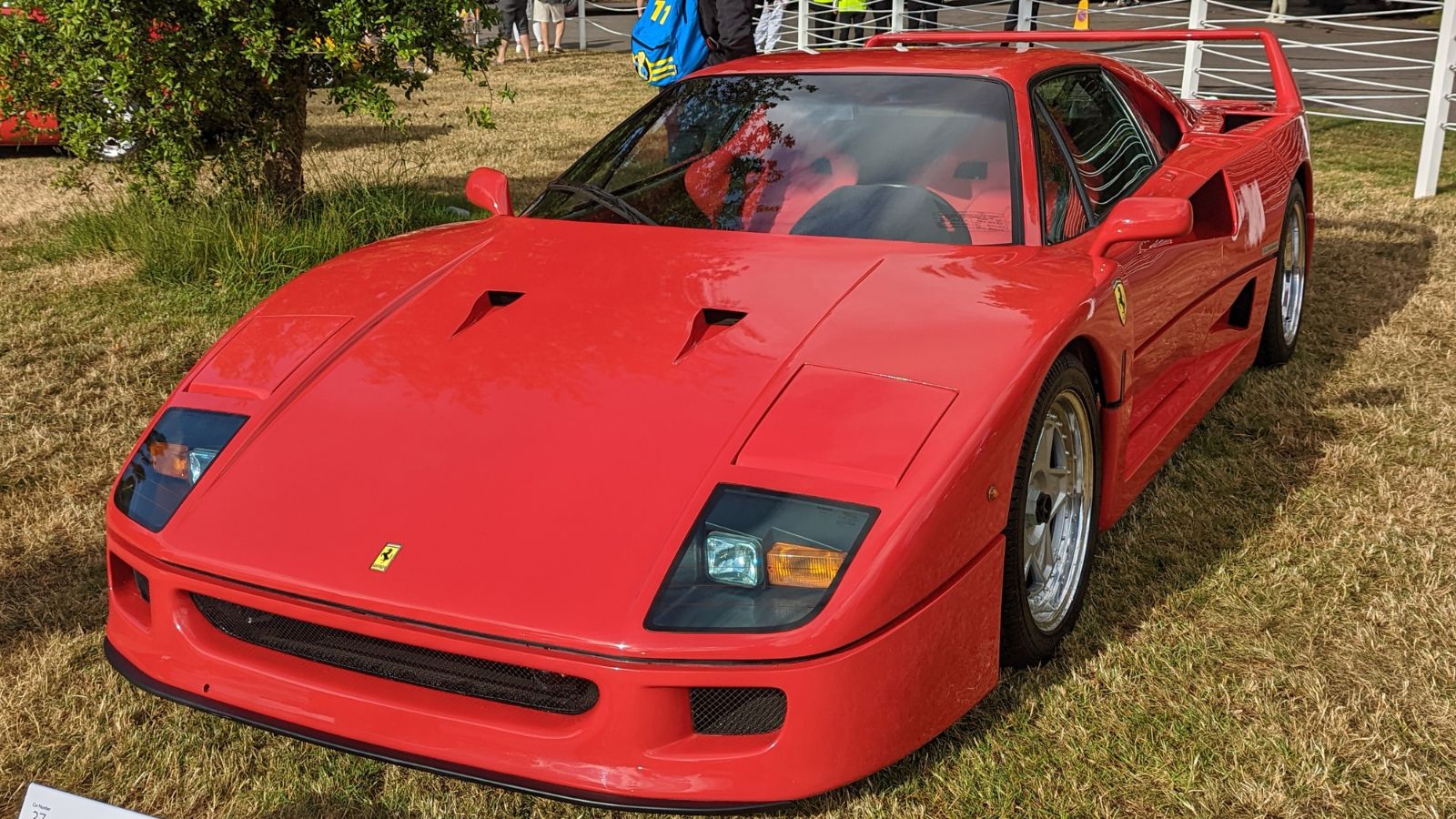
Under the rear deck sat a 2.9 liter twin turbocharged V8, producing 471 horsepower and 426 pound feet of torque. In the late 1980s, those figures were borderline outrageous. But it was not just the numbers. It was the delivery. Below 3,000 rpm, the F40 felt almost docile, but once the turbos spooled, the car exploded forward with brutal force. Drivers described it as being hit in the back by a cannonball. That wild surge of turbo boost defined the driving experience, making the F40 feel rawer and more dangerous than the smooth naturally aspirated supercars of the era.
No Comfort, Just Speed
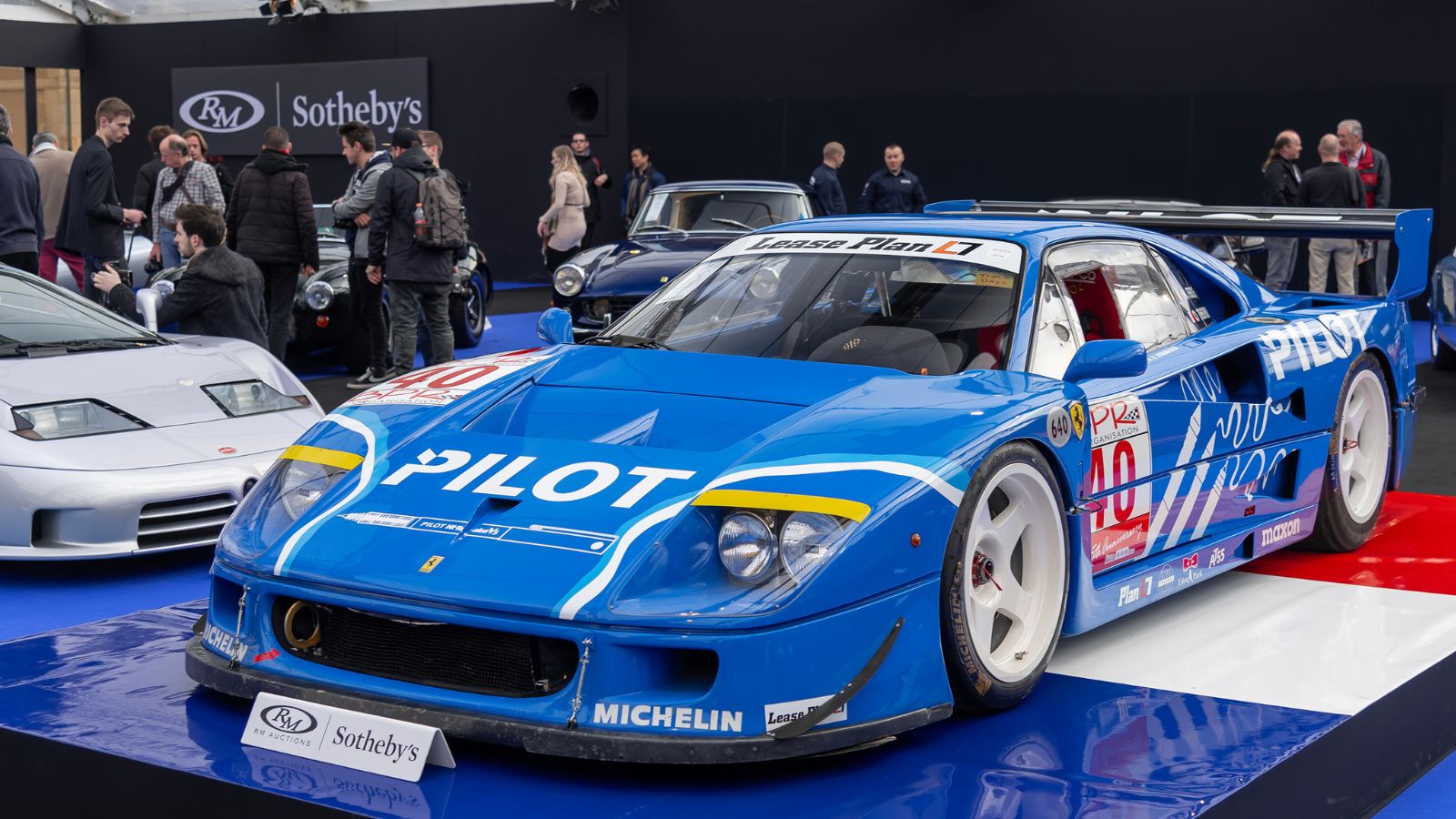
Ferrari deliberately stripped the F40 of anything that was not essential to performance. There were no airbags, no anti lock brakes, no traction control, and no driver aids whatsoever. The interior was spartan with thinly padded seats, sliding Lexan windows instead of wind downs, and simple carpets that felt more like mats from a race car than a road car. Even air conditioning was optional. Ferrari wanted drivers to experience the road, the vibration, and the noise without filter. The F40 was pure in a way modern supercars rarely are, and that lack of compromise became central to its legend.
Aerodynamics Ahead of Its Time

The F40’s radical look was not just for posters. It was born in the wind tunnel. The sharp nose, deep vents, and iconic fixed rear wing were not about style but function. Ferrari needed stability at the F40’s incredible top speeds, and so the car was built with real downforce in mind. Unlike earlier Ferraris that emphasized elegance, the F40 looked brutal because it was engineered to be brutal. The result was a car that stayed planted even as it crossed the 200 mph threshold, an engineering feat for its time.
A True 200 mph Car
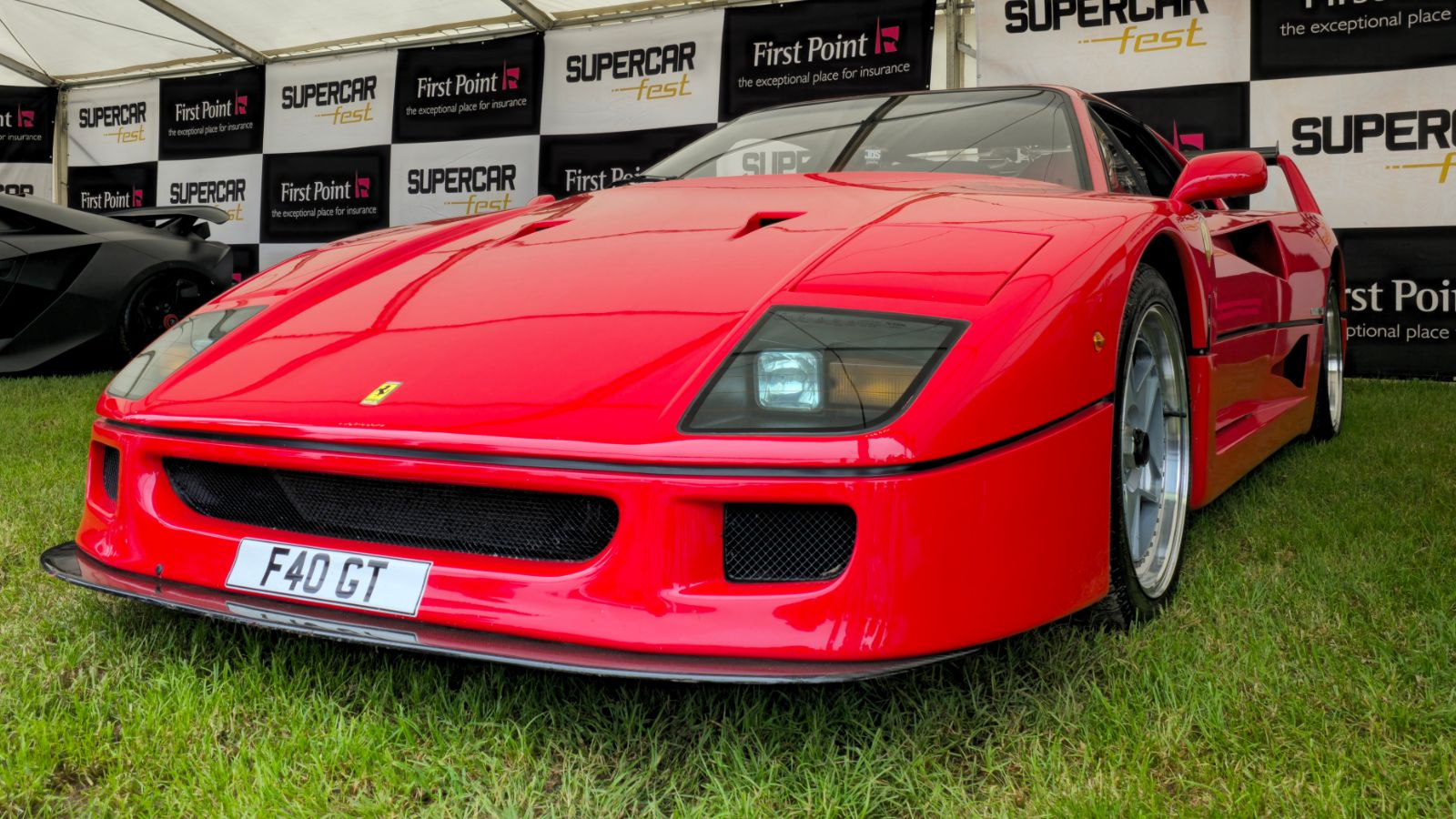
In an era where most supercars barely broke 170 mph, the Ferrari F40 smashed through the 200 mph barrier. Independent testing recorded it at 201 to 202 mph, making it the fastest production car in the world at launch. This figure was not just a marketing win. It cemented the F40 as the benchmark. For young enthusiasts, the number itself became legendary. To drive an F40 was to join a very exclusive club of people who had experienced 200 mph in a road car.
Intimidating to Drive
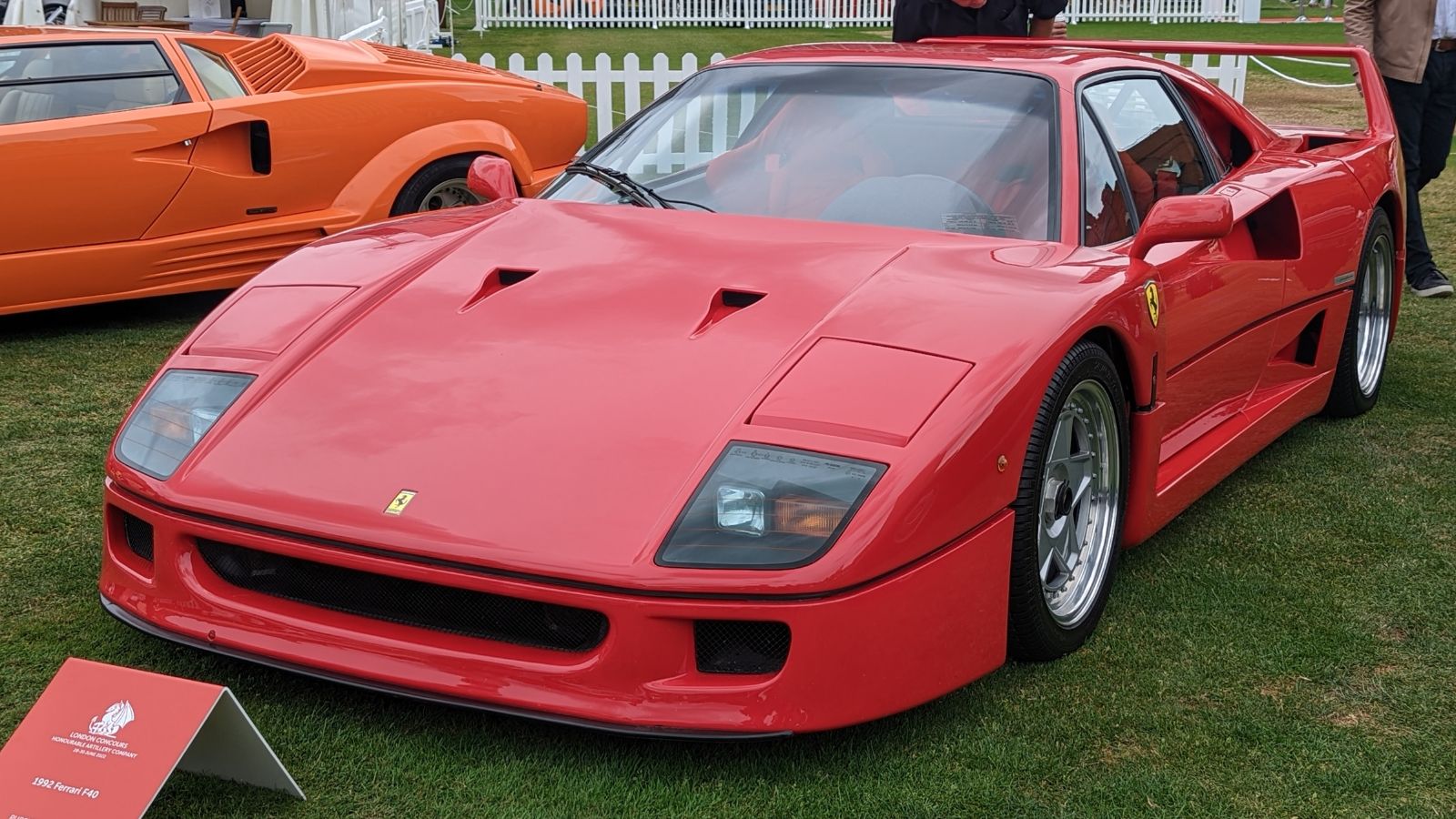
The F40’s reputation was not built only on speed. It was also famous for being intimidating. Its heavy clutch, unassisted steering, and ferocious turbo lag meant it demanded skill and concentration at all times. Step on the throttle too hard mid corner and the turbos could kick in suddenly, spinning the car in an instant. It had no electronic aids to save you, just driver skill and bravery. That difficulty is exactly what made it legendary. Owning an F40 meant more than wealth. It meant you had the skill to tame one of the most feral road cars ever built.
Race Car DNA on the Road

The F40 was as close to a race car as Ferrari could legally sell. Its tubular steel chassis was derived from Ferrari’s racing experience, its suspension was stiff and uncompromising, and its turbocharged engine owed much to Ferrari’s Formula 1 turbo era. The cockpit felt more like a race car pit than a luxury interior, with a stripped layout and nothing to distract the driver from the task of driving fast. When you drove an F40, you were not in a grand tourer. You were in a street legal race car, and that made it unlike anything else available at the time.
Poster Car of a Generation
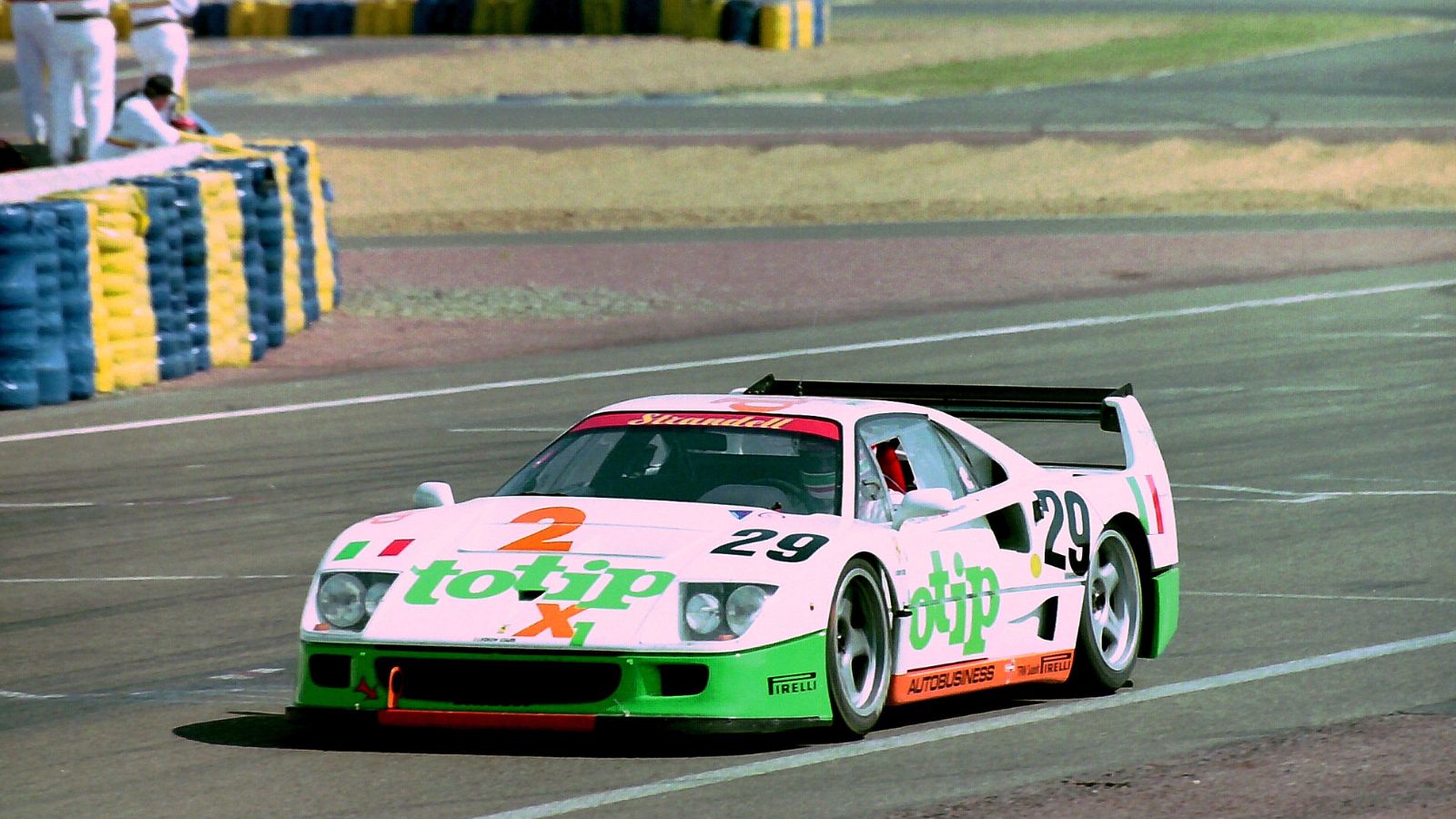
For kids and teenagers of the late 1980s and 1990s, the F40 was not just a supercar. It was the supercar. Its sharp lines, massive wing, and signature red paint made it the perfect poster car, plastered across bedroom walls and magazine covers. Later, it became a star in video games and movies, further cementing its cultural dominance. For many, the F40 was their first vision of what a true exotic car could be. Loud, fast, untamed, and impossibly desirable.
Last of the Analog Supercars
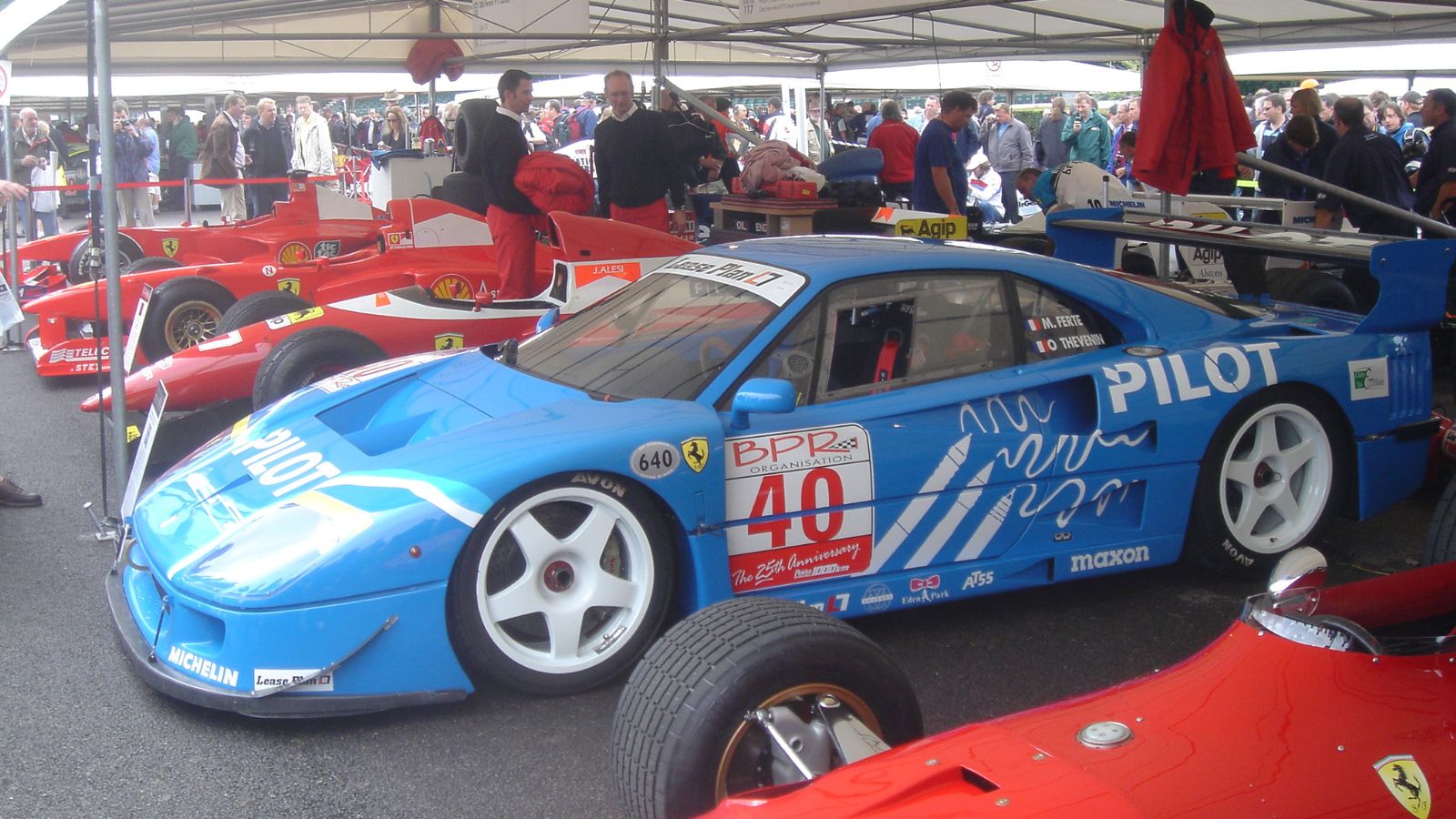
The F40 represents the end of an era. It was the last Ferrari built without electronic driver aids before technology began reshaping supercars in the 1990s. Its rawness and lack of compromise meant that it required total engagement from the driver. In a world where modern hypercars use traction control, stability systems, and hybrid assistance to harness their power, the F40 stands apart as the last truly analog Ferrari supercar. That purity ensures its legend will never fade.
Why the F40
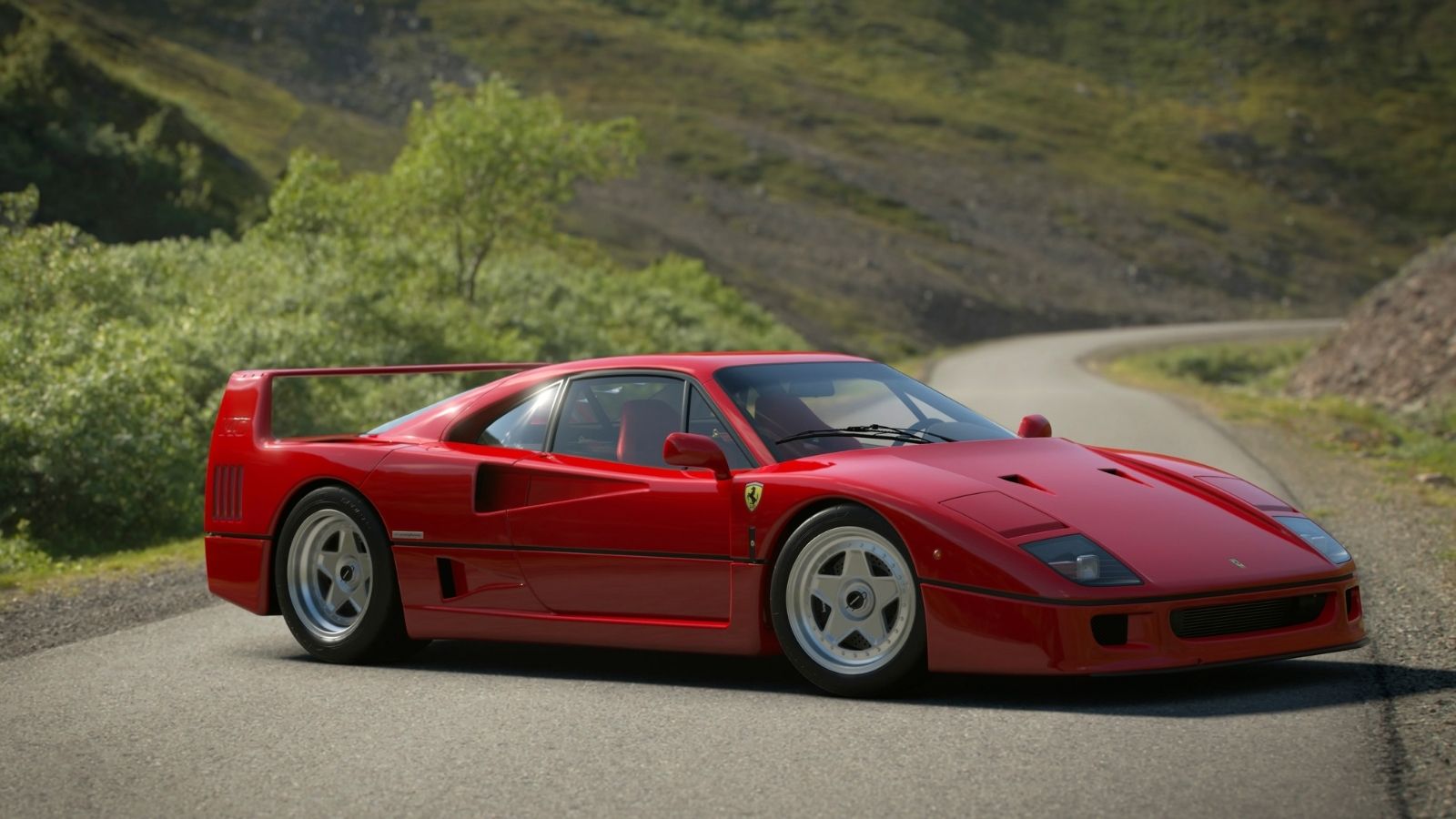
Today, the Ferrari F40 is one of the most collectible cars in the world, with values that reflect its cultural and historical significance. But more than its rarity or price, it represents something timeless. The thrill of driving stripped back to its essence. It was fast, it was dangerous, and it was honest. That combination turned it into one of the greatest Ferraris ever made, and for many, the greatest supercar of all time.
25 Facts About Car Loans That Most Drivers Don’t Realize

Car loans are one of the most common ways people fund car purchases. Like any other kind of loan, car loans can have certain features that can be regarded as an advantage or a disadvantage to the borrower. Understanding all essential facts about car loans and how they work to ensure that you get the best deal for your financial situation is essential. Here are 25 shocking facts about car loans that most drivers don’t realize:
25 Facts About Car Loans That Most Drivers Don’t Realize
